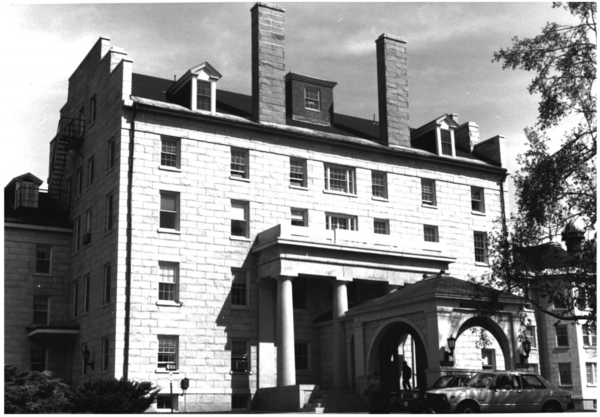Difference between revisions of "Portal:Featured Image Of The Week"
From Asylum Projects
M-Explorer (talk | contribs) |
M-Explorer (talk | contribs) |
||
| Line 1: | Line 1: | ||
{{FIformat | {{FIformat | ||
| − | |Image= | + | |Image= MEaugusta main1.png |
|Width= 600px | |Width= 600px | ||
| − | |Body= | + | |Body= Mrs. Catherine Winslow, the first woman employed at the [[Augusta State Hospital|Maine Insane Hospital]], was appointed matron when the asylum opened in 1840. The asylum was the product of a collaborative effort between the state and two private citizens, Reuel Williams of Augusta (married to Sarah Cony) and Benjamin Brown of Vassalborough. While early mental health institutions may fall far short of present-day standards for treatment for mental illness, the establishment of such places in the early nineteenth century was based, in part, on reforming care for the mentally ill. |
}} | }} | ||
Revision as of 04:08, 21 July 2024
Featured Image Of The Week
Mrs. Catherine Winslow, the first woman employed at the Maine Insane Hospital, was appointed matron when the asylum opened in 1840. The asylum was the product of a collaborative effort between the state and two private citizens, Reuel Williams of Augusta (married to Sarah Cony) and Benjamin Brown of Vassalborough. While early mental health institutions may fall far short of present-day standards for treatment for mental illness, the establishment of such places in the early nineteenth century was based, in part, on reforming care for the mentally ill.
